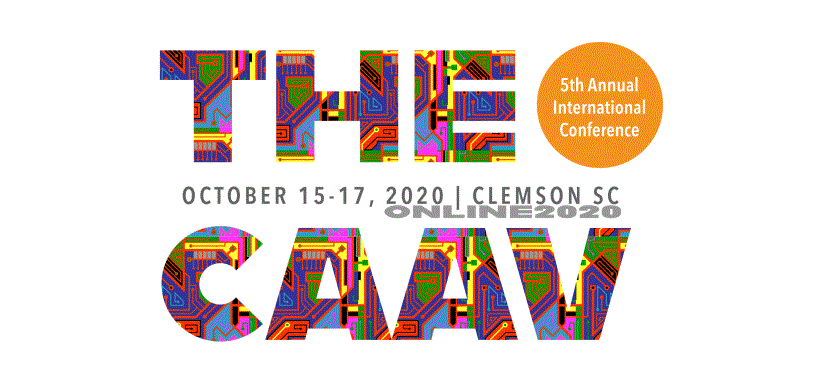An actual natural setting improves mood better than its virtual counterpart: A meta-analysis of experimental data
Location
Clemson, SC
Start Date
16-10-2020 1:25 PM
End Date
16-10-2020 1:50 PM
Presentation Type
Presentation
Description
Health benefits of visits to natural settings are unavailable for many people. Urbanities often do not have ready access to public or private greenspace where they can recreate outdoors. Hospital patients, nursing home residents, physically disabled adults, and prison inmates spend even greater shares of time indoors. Special circumstances, like shelter-in-place orders during COVID-19, may restrict access to outdoor settings even for people who could otherwise enjoy them. Without access to natural settings, people may forgo myriad health benefits—from reduced mortality and diabetes rates to improved mental and cardiovascular function.
Ample evidence suggests that nature simulations can under some conditions support processes that promote health. More than 100 experiments report that pictures, videos, or immersive virtual environments with natural elements boosted mood, enhanced executive cognitive functions, promoted physiological stress recovery or reduced pain with little to no-side effects. Yet, how and to what extent simulations replicate the benefits of actual natural settings remains unknown.
We compared the impacts of simulated and actual natural settings on positive and negative affect (mood) levels using a pooled sample of participants enrolled in extant experimental studies. Relevant articles were identified from a review of research published/in press by March 2020 and updated during the peerreview of our paper. Of 16 articles identified, 6 met the inclusion criteria and administered a single cross-cutting, standardized instrument (PANAS) before and after exposure. Random effects meta-analysis of pooled effects showed that positive affect increased in the actual settings but not in their simulated counterparts. We observed little difference in effects on negative affect change scores with studies generally showing reductions in negative affect in both settings. Further research with additional populations, settings, antecedent conditions and durations will provide a more robust understanding of differences in effects between these two ways to enhance mood by viewing nature.
An actual natural setting improves mood better than its virtual counterpart: A meta-analysis of experimental data
Clemson, SC
Health benefits of visits to natural settings are unavailable for many people. Urbanities often do not have ready access to public or private greenspace where they can recreate outdoors. Hospital patients, nursing home residents, physically disabled adults, and prison inmates spend even greater shares of time indoors. Special circumstances, like shelter-in-place orders during COVID-19, may restrict access to outdoor settings even for people who could otherwise enjoy them. Without access to natural settings, people may forgo myriad health benefits—from reduced mortality and diabetes rates to improved mental and cardiovascular function.
Ample evidence suggests that nature simulations can under some conditions support processes that promote health. More than 100 experiments report that pictures, videos, or immersive virtual environments with natural elements boosted mood, enhanced executive cognitive functions, promoted physiological stress recovery or reduced pain with little to no-side effects. Yet, how and to what extent simulations replicate the benefits of actual natural settings remains unknown.
We compared the impacts of simulated and actual natural settings on positive and negative affect (mood) levels using a pooled sample of participants enrolled in extant experimental studies. Relevant articles were identified from a review of research published/in press by March 2020 and updated during the peerreview of our paper. Of 16 articles identified, 6 met the inclusion criteria and administered a single cross-cutting, standardized instrument (PANAS) before and after exposure. Random effects meta-analysis of pooled effects showed that positive affect increased in the actual settings but not in their simulated counterparts. We observed little difference in effects on negative affect change scores with studies generally showing reductions in negative affect in both settings. Further research with additional populations, settings, antecedent conditions and durations will provide a more robust understanding of differences in effects between these two ways to enhance mood by viewing nature.


